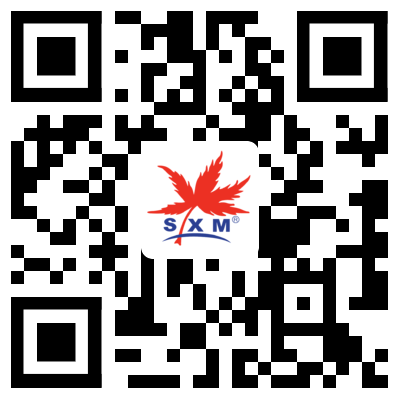News
——
In wild activities, such as geological survey, mountaineering, hiking, exploration, travel and so on, in order to prevent getting lost, to determine the correct location and direction, it is necessary to master the method of determining location and direction. In nature, some animals have the instinct to distinguish directions, such as pigeons, some members of human beings have this ability as well, but most people do not have, or only have this potential ability, so to determine the direction in wild mostly depends on experience and tools.
There are many methods to determine the direction and position in wild, and several common methods are introduced here.
Use the compass
Place the compass horizontally to center the bubble, when the magnetic needle is still, the black end with the mark “N” directs to the north. The compass can also measure the specific orientation of a target, The method is pointing the calibrator at the target or pointing the 0 scale on the dial at the target , make the target, the 0 scale and the magnetic midpoint are in the same straight line. After the compass is still horizontally, the scale which N end directed is the azimuth from the point to the target, such as the magnetic needle pointing to 36°. And the target is 36° north to the measuring position.
Although it’s simple and fast to distinguish direction by using compass, but need to pay attention to :1, try to maintain the level ;2, do not be too close to the magnetic material ;3, do not mistake the S end of the magnetic needle north, create 180° direction error ;4, master the magnetic deviation angle of the active area to correct.
Using the sun
On a clear day, It's easy to know the East and the West by sunrise or sunset, You can judge the direction, but only a rough estimate, The following methods can determine more accurately:
1. The watch direction " Half of the time to sun, 12 directs North ", Usually the direction can be quickly identified between 9 a.m. and 4 p.m., With half of the time pointing the direction to the sun, Then 12:00 directs North, Such as at 14:40, Half of it is 7:20, Move hour hand points to the sun, then 12:00 directs North, Or flatten the watch, Move hour hand points to the sun, The reverse extension direction of the hour hand and the 12:00 scale bisector is the north; Or flatten a watch, Turn the watch with a stick standing perpendicular to the center of the watch, So that the shadow of the stick coincides with the hour hand, The bisection between the hour hand and the 12:00 scale is the north.
It must be noted that:
(1) when determining the direction, Watch should be flat;
(2) Not suitable for use around noon in the area between 20°30' N and S, That is, the standard meridian shall prevail, Every 15° East plus 1 hour, 15° west minus 1 hour.
2. If day shadow direction in sunny, stands a stick on the ground , The shadow of the stick moves with the sun, These shadows are shorter at noon, The line at the end is a straight line, The vertical line of this straight line is north-south. To draw a series of concentric circles on a 50×50 cm drawing paper, And the radius of the concentric circle increases by 1 cm, Nailed on the plate and fixed horizontally, insert a 12-15 cm long thin steel needle or needle vertically into the center of the circle. When the sun's position changes, The ends of the shadow always intersect concentric circle, Draw these points, Then connect two points on the same circle to straight line, Connect the midpoint of these lines to the center of the circle, This line is the north-south line, The direction of the arc top is north.
Nighttime stars
At night, the direction can be judged by Polaris and Southern Cross.
1. Polaris: Polaris is located in the north sky, its exposure height angle is equivalent to the local latitude, so it can be found quickly. Generally determine based on the Big Dipper (Ursa Major) or the W star (Cassiopeia). The Big Dipper is seven brighter stars, shaped like a spoon, which connecting the top two β to the α and extending about five times is the Polaris. If you can't see the Big Dipper, you can look for the North Star according to the W star, the Cassiopeia to look for it. Cassiopeia consists of five brighter stars shaped like the W" letter, which opens at about twice the width of the opening is North Star.
2. Southern Cross: in the south of latitude 23°30' north, sometimes the Southern Cross is seen at night, it’s consisting of four brighter stars, the shape similar to the word "ten ". At the lower right, The south is four and a half times length of the line from the γ to the α.
Surface features and plant features
Sometimes some of the wild features and plant’s growth features are good direction signs, and increasing this kind of knowledge can help you quickly identify directions.
1. surface features:
a. houses: generally the doors open south, especially in the north of China;
b. temples: usually open south, especially the main building in the temple group;
c. prominent features: the base of north side is more humid and low bryophytes may grow.
2. plant growth feature:
a. in generally shady slope, that is, the northern hillside, low ferns and vines are more developed than sunny slope.
b. the branches and leaves of sunny slope of a single plant are much lush, moss may grow on the trunk of the shady land in the north.
c. there are clear rings on the section of many tree trunks in the north of China, the rings to the south side are sparse, and the rings to the north side are close.

+86 21 59171998



